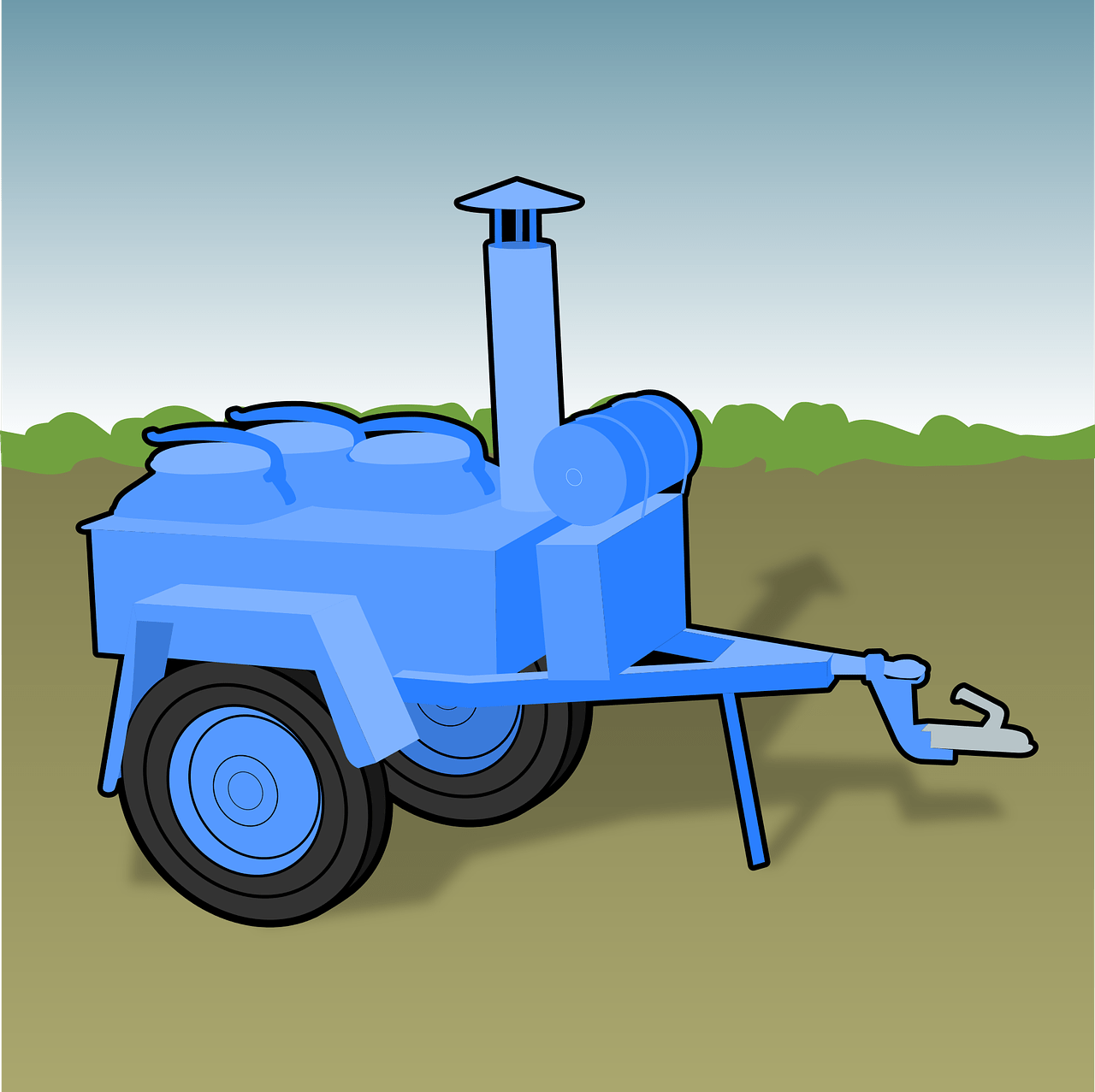Ad Blocker Detected
Our website is made possible by displaying online advertisements to our visitors. Please consider supporting us by disabling your ad blocker.
In this informative article, you will discover some valuable tips and solutions to troubleshoot common issues that may arise when using stainless steel pressure cookers. Whether it’s dealing with steam leaks, uneven cooking, or burnt food, we’ve got you covered! By the end of this article, you’ll be equipped with the knowledge and confidence to overcome these challenges, ensuring that your cooking experience with stainless steel pressure cookers is a breeze. So, let’s dive right in and explore the world of troubleshooting these common issues!
Pressure Release Issues
Pressure Valve Not Sealing Properly
If you’re experiencing pressure release issues with your stainless steel pressure cooker, one possible culprit could be a pressure valve that is not sealing properly. This can happen due to a variety of reasons, such as a buildup of food particles or debris, or a damaged or worn-out valve seal. To address this issue, start by carefully inspecting the valve and cleaning any debris that may be obstructing the seal. If the valve seal appears to be damaged or worn, you may need to replace it with a new one. Remember to always follow the manufacturer’s recommendations when replacing any parts.
Steam Leakage from Pressure Cooker
Another common pressure release issue is steam leakage from the pressure cooker. This can be quite frustrating, as it can not only affect the performance of your cooker but also lead to prolonged cooking times and unsatisfactory results. Insufficient sealing or a damaged gasket can be the cause of this problem. Start by checking the gasket for any signs of wear or damage, such as cracks or tears. If you notice any issues with the gasket, it may be necessary to replace it to ensure a proper seal. Additionally, double-check that the lid is securely locked in place to prevent steam from escaping during the cooking process.
Pressure Release Button Stuck
A stuck pressure release button is yet another issue that can arise with stainless steel pressure cookers. When the pressure release button refuses to move, it can prevent the cooker from properly releasing pressure and ultimately affect the cooking results. To resolve this issue, try gently tapping the button and applying some pressure to unstick it. In some cases, a buildup of residue or debris may be causing the button to get stuck, so cleaning the button and its surrounding area might do the trick. If these steps don’t solve the problem, it’s advisable to consult the manufacturer or a professional for further assistance.
Overheating Problems
Burned Food at the Bottom
Finding burned food at the bottom of your pressure cooker can be disheartening, especially after spending time and effort preparing a meal. This issue can be caused by a few factors, including using insufficient liquid for cooking or setting the heat too high. To prevent this problem, it’s crucial to always follow the recommended cooking instructions in your pressure cooker’s manual. Make sure you add enough liquid to create adequate steam, and adjust the heat to the recommended level for the desired cooking method. Taking these precautions can help prevent burned food and ensure a more enjoyable cooking experience.
Excessive Steam Escaping
Excessive steam escaping from your pressure cooker can not only be a hassle but also result in longer cooking times and possibly undercooked food. One possible reason for this issue is a faulty or improperly sealed pressure release valve. To address this, check the valve for any visible damage or debris and clean it thoroughly to remove any obstructions. If you find that the valve is damaged, contact the manufacturer for advice on proper replacement procedures. Additionally, make sure that you are using the recommended amount of liquid and not overfilling the cooker, as this can contribute to excessive steam escaping.

Cooking Time and Quality Issues
Food Not Cooked Evenly
If you find that your food is not cooked evenly in your stainless steel pressure cooker, it can be frustrating and disappointing. Uneven cooking can occur due to various factors, such as overloaded cookers, improperly adjusted heat, or insufficient liquid. To address this issue, first, ensure that you are not overcrowding the cooker by exceeding its recommended capacity. This allows the food to have enough space to cook evenly. Additionally, make sure to adjust the heat according to the specific recipe and cooking instructions. Finally, ensure that you are using the right amount of liquid as specified in the recipe to create the necessary steam for even cooking.
Longer Cooking Time Than Expected
If your cooking times using a stainless steel pressure cooker are consistently longer than expected, it may be a sign of an underlying issue. One possibility is that the pressure cooker is not reaching the desired pressure due to a faulty seal or gasket. Check the seal and gasket for any visible damage or wear and replace them if necessary. It is also important to ensure that the pressure cooker is properly locked and sealed before starting the cooking process. Following these steps should help ensure that your pressure cooker reaches and maintains the desired pressure, resulting in more accurate cooking times.
Food Sticking to the Bottom
Having food stick to the bottom of your pressure cooker can be frustrating and make cleaning the cooker a hassle. One common cause of this issue is insufficient oil or fat in the cooking process, as this can help prevent sticking. Before adding your ingredients, make sure to preheat the cooker and add an adequate amount of oil or fat to create a non-stick surface. Another possible reason for sticking food is setting the heat too high, causing the ingredients to burn and adhere to the bottom. Adjusting the heat to the recommended level and stirring the food occasionally can help prevent sticking and ensure a smoother cooking process.
Safety Concerns
Handles Getting Hot
If you find that the handles of your stainless steel pressure cooker get excessively hot during the cooking process, it can pose a safety concern. This issue can occur due to inadequate insulation or a design flaw in the cooker. To protect yourself from getting burned, it is advisable to use oven mitts or heat-resistant gloves when handling the cooker. Additionally, check with the manufacturer to ensure that the handles are designed to withstand high heat and whether there are any specific precautions to follow. It’s essential to prioritize safety and take necessary precautions to avoid any accidents or injuries.
Pressure Cooker Lid Not Sealing Properly
A pressure cooker lid that does not seal properly can not only affect the cooking process and outcomes but also pose safety risks. If you notice that steam is escaping from the sides of the lid or there is a lack of pressure build-up, it may indicate a faulty or misaligned lid seal. Start by inspecting the seal for any visible damage, debris, or irregularities. Clean the seal and its surrounding area, and ensure that it is properly aligned and seated in the lid groove. If the seal is damaged or worn, it may be necessary to replace it to ensure a proper seal and safe cooking experience.
Maintenance and Cleaning Problems
Difficulty in Removing Stains
Over time, stainless steel pressure cookers can develop stains that can be tough to remove, especially if they are left unattended. To tackle this issue, begin by soaking the cooker in warm, soapy water for a few minutes to loosen any stains. Then, gently scrub the stained areas using a non-abrasive sponge or cloth. For more stubborn stains, you can create a paste using baking soda and water and apply it to the stains. Allow the paste to sit for a few minutes before scrubbing it away. Regular cleaning and maintenance can help prevent stains from becoming too stubborn and ensure that your pressure cooker remains in top condition.
Rubber Gasket Smells Bad
A rubber gasket that emits a bad smell can be quite unpleasant and affect the overall cooking experience. This issue is commonly caused by trapped food particles or residue in the gasket. To eliminate the odor, remove the gasket from the pressure cooker and wash it thoroughly with warm, soapy water. Pay special attention to any crevices or hard-to-reach areas where residue may be hiding. Additionally, you can soak the gasket in a mixture of vinegar and water to help neutralize any lingering odors. Remember to thoroughly dry the gasket before reattaching it to the pressure cooker to avoid any potential mold or bacterial growth.
In conclusion, troubleshooting common issues with stainless steel pressure cookers can greatly enhance your cooking experience and ensure optimal performance. By addressing pressure release issues, overheating problems, cooking time and quality concerns, safety issues, and maintenance and cleaning problems, you can enjoy the benefits of using a pressure cooker to its fullest extent. Remember to always consult the manufacturer’s instructions and guidelines for proper troubleshooting procedures and recommendations specific to your particular pressure cooker model. With a little patience and attention to detail, you’ll be back to enjoying delicious meals prepared with your stainless steel pressure cooker in no time.

